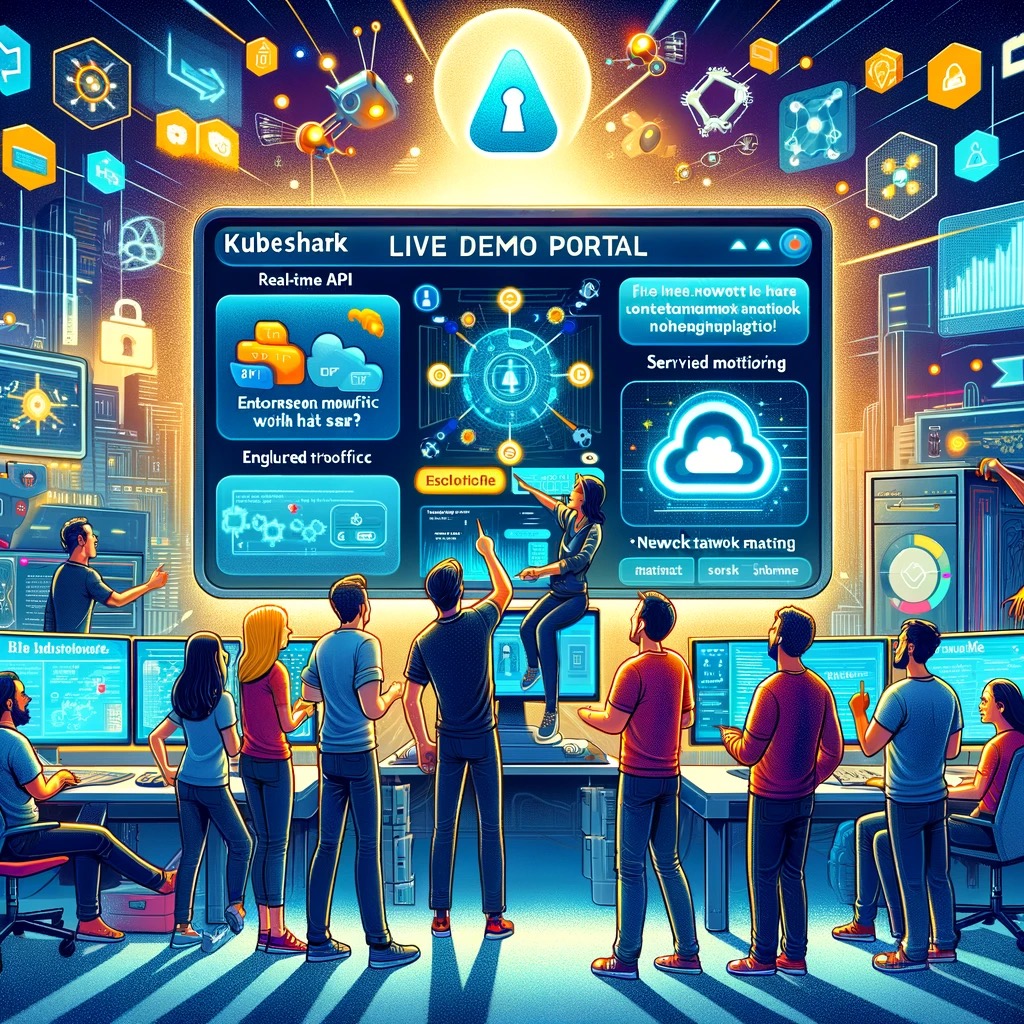White Box Monitoring & Deep Network Observability for Kubernetes

White Box Monitoring & Deep Network Observability for Kubernetes
Gartner's recent research, "Monitoring and Observability for Infrastructure and Applications," published on June 4th, 2024, highlights the potential role Kubeshark can play in modern Application Performance Management (APM).
As the complexity of managing distributed systems in Kubernetes, container, and cloud environments increases, traditional monitoring tools are often found lacking.
This post will delve into how Kubeshark excels as a white-box monitoring tool, providing deep network observability and enabling Site Reliability Engineers (SREs) and DevOps teams to effectively investigate and diagnose incidents.
The Evolving Landscape of Infrastructure and Monitoring
The shift towards agile infrastructure and the adoption of cloud platforms, containers, and especially Kubernetes have transformed the IT landscape.
These changes have led to an exponential increase in telemetry data, making it more challenging to manage Service Level Agreements (SLAs).
Traditional monitoring products, which often rely on black-box monitoring techniques, find it challenging to keep up with the demands of modern infrastructure.
Gartner's research highlights the necessity for infrastructure and operations professionals to rethink their processes and tools. The introduction of black-box and white-box monitoring perspectives provides a framework for understanding the strengths and limitations of different monitoring approaches.
Black Box vs. White Box Monitoring
Black-box monitoring treats the system as opaque, focusing on externally visible information to assess health and performance.
This method is useful for answering the question, "Is it broken?" However, it falls short when deeper insights are needed.
In contrast, white-box monitoring leverages instrumentation to expose internal system details, making it better suited to answer, "Why is it broken?" This approach is particularly relevant in the context of agile infrastructure and application architectures, where traditional monitoring methods are increasingly ineffective.

Monitoring vs. Observability
Monitoring and observability, though often used interchangeably, serve distinct purposes. Monitoring is geared towards managing the "known knowns" and "known unknowns," relying on predefined metrics and alerts.
Observability, on the other hand, addresses the "unknown unknowns" by providing comprehensive insights into the internal state of an application. Modern distributed systems, especially those supported by multiple product teams, require a deeper level of understanding that traditional monitoring cannot provide.
Observability tools, such as Kubeshark, enable teams to perform exploratory analysis and access detailed instrumentation and analytical tools necessary for diagnosing complex issues.
The Role of Kubeshark in Modern Monitoring
Kubeshark stands out as a premier white-box monitoring tool, offering unparalleled network observability for Kubernetes environments.
Network Logs & Filtering
Kubeshark logs all API transactions between services in the cluster. In addition, it provides a way to filter out irrelevant information and focus on important data. Network logs can be viewed in real-time or recorded and made available for offline investigation.
Automatic Network Traces
Kubeshark automatically provides network traces showing the communication between services without the need for coding.
Metrics
Kubeshark enables users to define custom metrics and export those to their favorite telemetry application (e.g., Prometheus, Grafana, Elastic, etc.).
Deep Network Observability
Kubeshark provides real-time protocol-level visibility, capturing and monitoring all traffic going in, out, and across containers, pods, namespaces, nodes, and clusters.
This visibility extends to TLS and most modern protocols like REST, GraphQL, gRPC, Redis, Kafka, AMQP, and more. Kubeshark provides SREs and DevOps teams with the visibility needed to investigate incidents and accelerate the diagnostic process.
By collecting and analyzing detailed telemetry data, Kubeshark helps teams identify the root causes of issues quickly and accurately.
Conclusion
As Gartner's research underscores, the complexity of modern infrastructure necessitates a shift towards more sophisticated monitoring and observability tools. Kubeshark exemplifies this evolution, offering a robust white-box monitoring solution that meets the demands of today's distributed systems.
By enabling deep network observability and facilitating rapid incident investigation, Kubeshark empowers SREs and DevOps teams to maintain high performance and reliability in their IT environments. In conclusion, as the infrastructure landscape continues to evolve, tools like Kubeshark will be essential for ensuring that organizations can meet their ambitious SLAs and maintain robust, high-performing systems.

